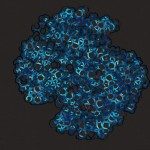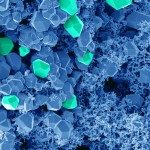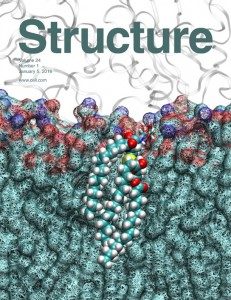Présentation
Many Gram-negative bacteria secrete stably folded or even multimeric proteins across the outer membrane. The secreted substrates are often virulence factors like hydolases or toxins that contribute to the ability of bacteria to adapt and shape their environment. Our aim is to elucidate the molecular mechanism of folded protein transport, which implicates a complex machinery called the type 2 secretion system (T2SS) spanning the bacterial envelope. Our model to study this system in the pullulanase secretion machinery from Klebsiella oxytoca, functionally reconstituted in Escherichia coli.
We are currenty focusing on several aspects of T2SS function using structural, biochemical, genetic and modeling analysis to decipher how, at the molecular level, the T2S systems specifically recognize and take up folded substrates. In the Klebsiella T2SS, so far only one substrate has been identified – the 116 kDa lipoprotein pullulanase (PulA). We have recently identified two structural motifs required for PulA secretion, in collaboration with Pedro Alzari (Institut Pasteur) and Peter J. Bond (A-STAR Institute, Singapore). The Ig-like domain N1 and the domain Ins of PulA are both highly mobile stabilized by disulfide bridges at their base and each seems to play a distinct role in secretion, possibly via binding to different components of the secretion machinery. The aim of our current studies is to characterize these interactions and to identify their molecular function.






